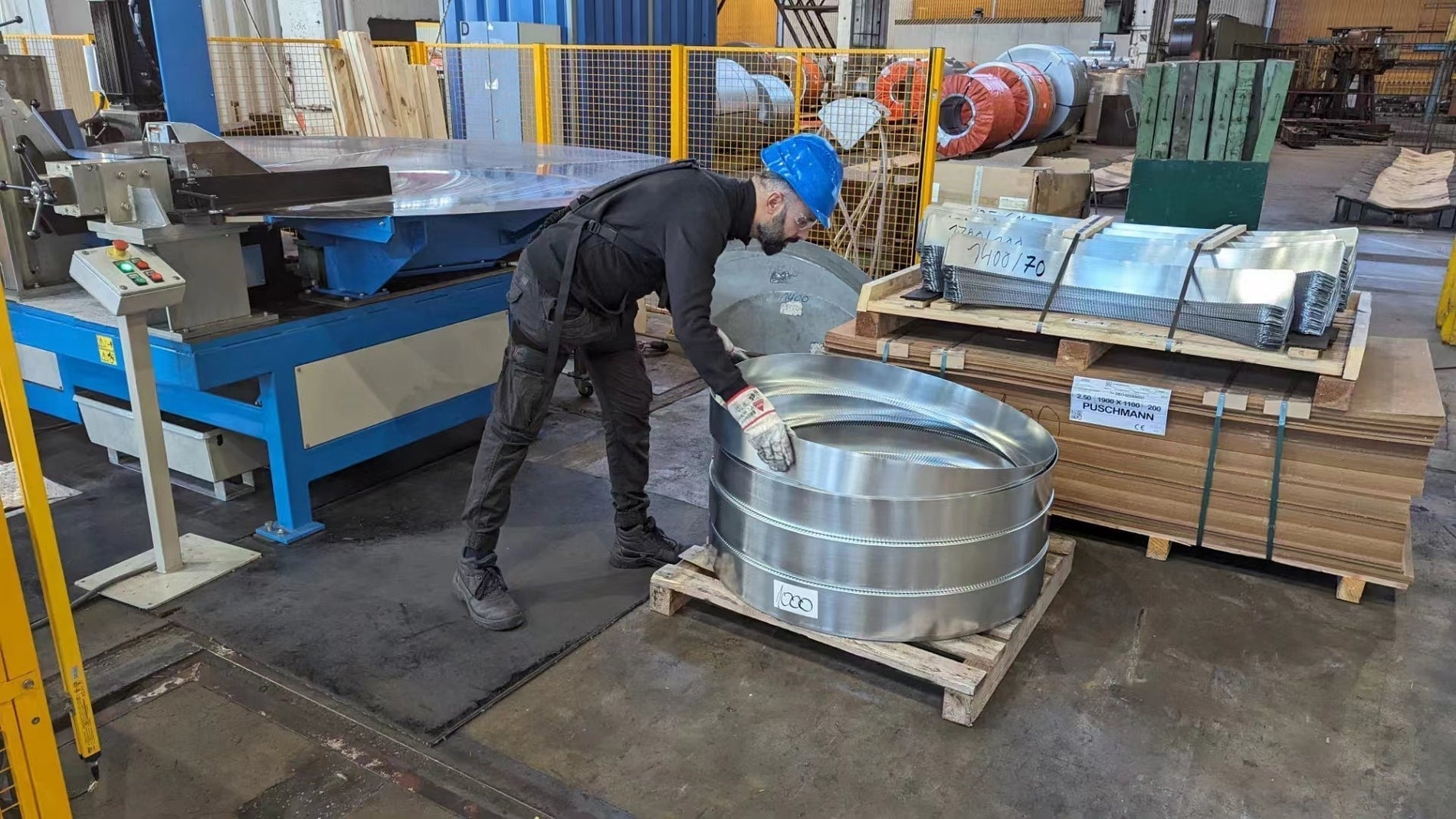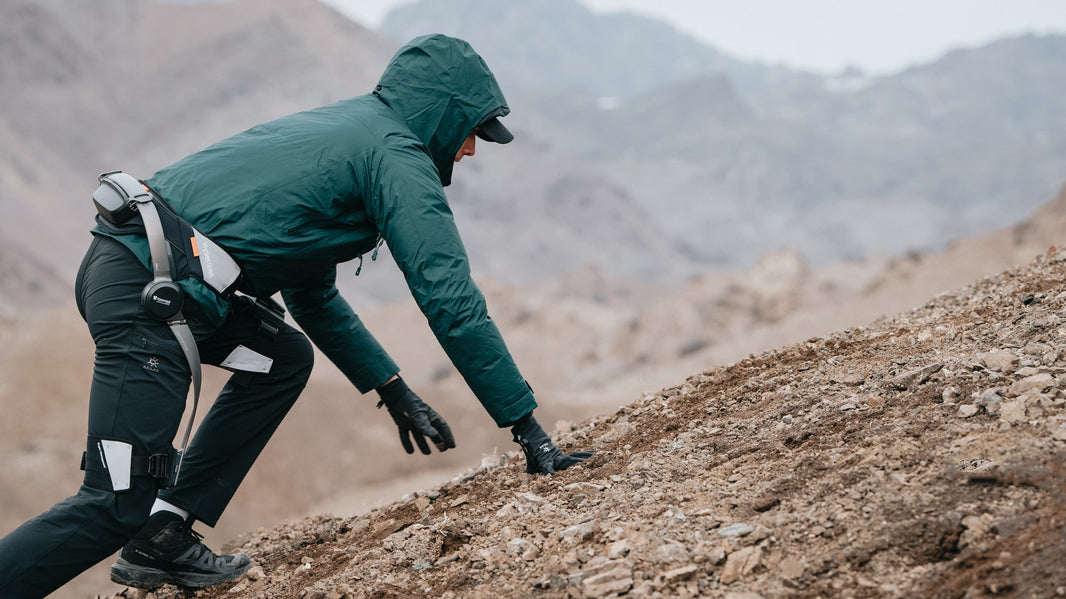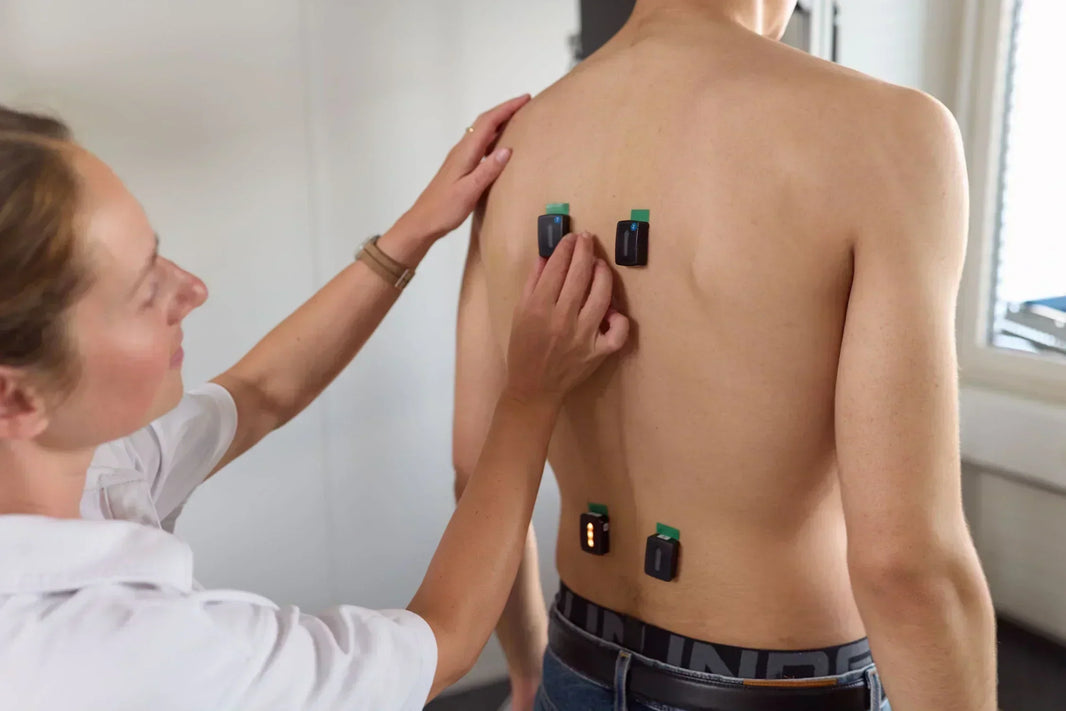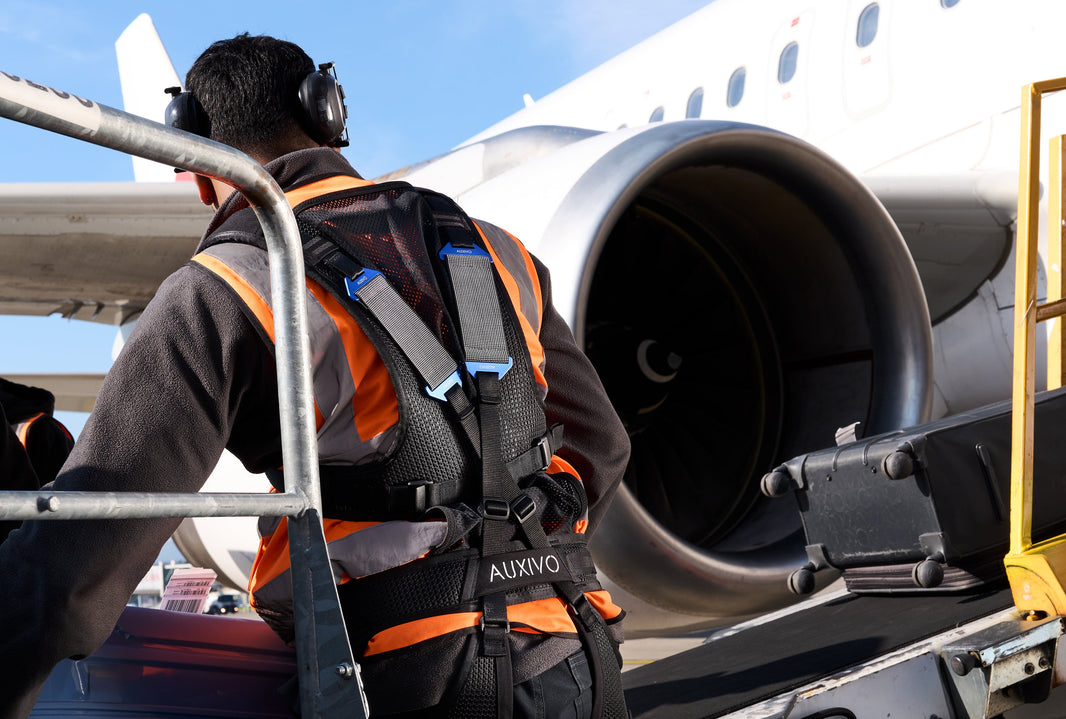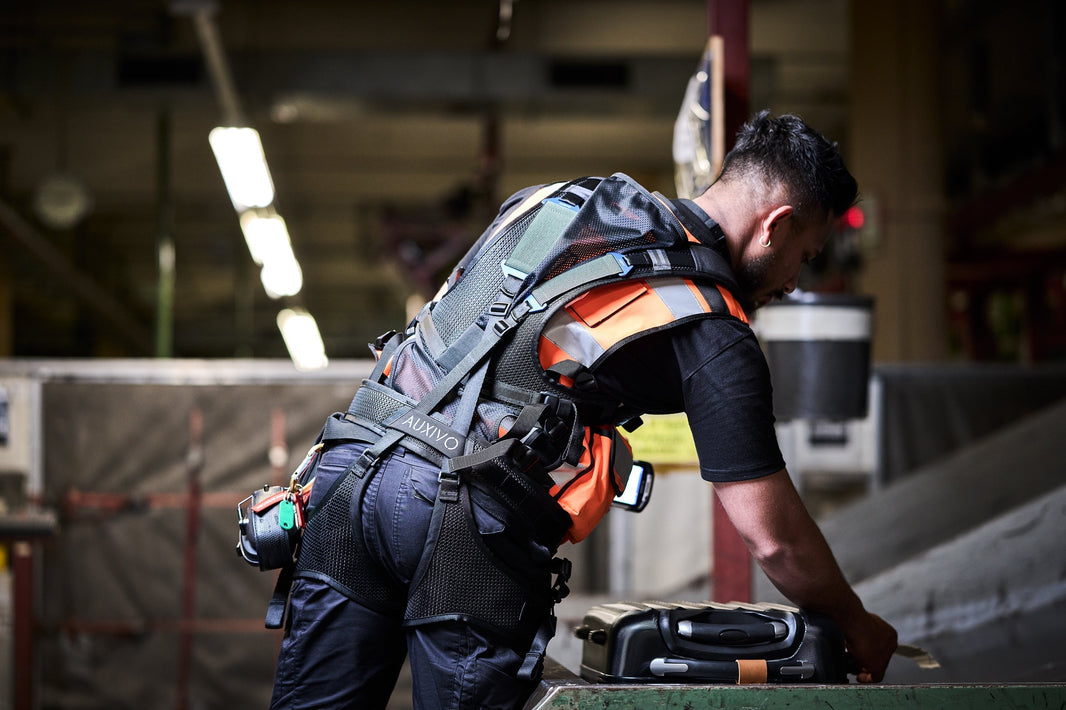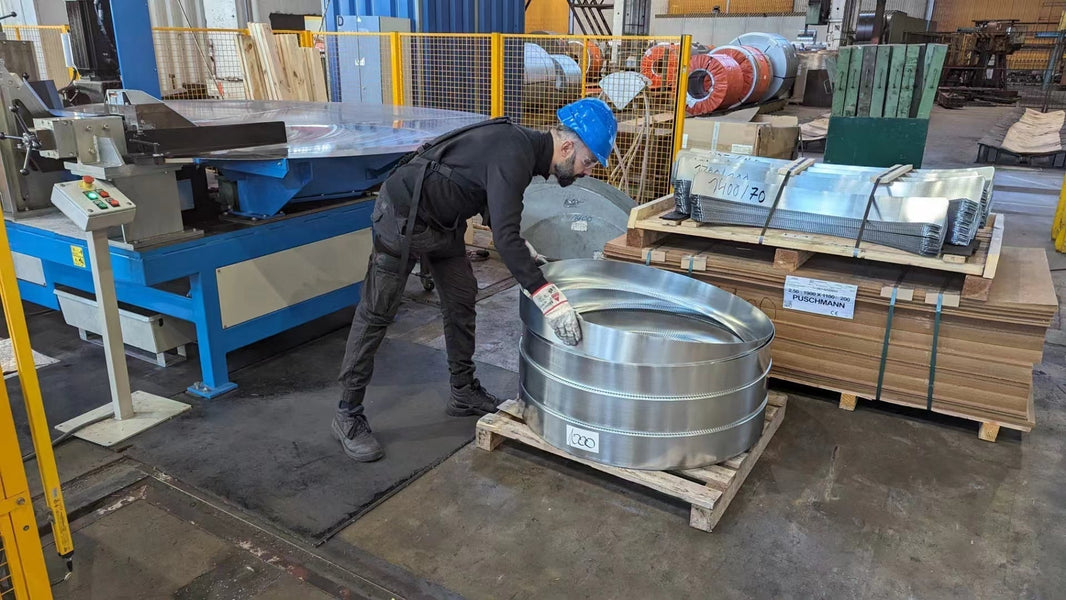When people first hear about wearable robotic exoskeletons, whether they’re designed to help workers lift heavy loads, assist patients with mobility issues, or support people with chronic back pain, one common concern often comes up: Won’t using an exoskeleton make your muscles weaker over time?

It’s a fair question. After all, we’ve all heard stories about technologies or conveniences that led to physical deconditioning. Sit in a chair too long, and your posture suffers. Let a machine do all the heavy lifting, and your body may forget how. Wearing a cast on your arm or using a back brace does deactivate muscle mass substantially after only a few months, so it’s reasonable to wonder: if an exoskeleton supports your body, do your muscles become dependent on it?
The short answer is: no, using a human exoskeleton does not inherently make your muscles weaker. In fact, in many applications, it can help preserve, protect, and even enhance muscle function over time. Let’s explore why.
Understanding What an Exoskeleton Does
Before diving into the science, it’s important to clarify how human exoskeletons actually work. Unlike full-body robotic suits seen in science fiction, real-world exoskeletons are typically wearable assistive devices. They come in two main forms:
-
Powered Exoskeletons, which use motors or hydraulics to help move the body.
-
Passive Exoskeletons, which rely on springs, elastic bands, or mechanical structures to redistribute forces and reduce strain.
Most exoskeletons used in the workplace or rehabilitation setting don’t replace human effort, they augment it. A back-support exoskeleton, for example, doesn’t lift boxes for you. It helps reduce strain on your spine and muscles when you bend, lift, or twist.
The goal isn’t to eliminate muscle use, it’s to offload excessive or damaging loads, improve posture, and minimize fatigue or injury.

Muscle Atrophy Comes from Disuse - Not Assistance
Muscles weaken when they’re not used. This is known as muscle atrophy, and it can happen during long periods of immobility, like bed rest, or when muscles are no longer stimulated to contract regularly.
What causes this disuse? Total inactivity. For example, if someone wears a full-leg cast for several weeks, the leg muscles shrink because they aren’t being used. But exoskeletons don’t immobilize the body or prevent movement, they assist and guide movement.
Most exoskeletons are worn during activity, walking, lifting, standing, and reaching. In these cases, your muscles are still working. They're just working in a more ergonomically sound and energy-efficient way. This reduces overuse injuries while still stimulating your musculoskeletal system.

Exoskeletons Often Encourage Movement
In clinical and rehabilitation settings, exoskeletons have been shown to actually promote physical activity. For patients with spinal cord injuries, stroke, or neurodegenerative conditions, powered exoskeletons allow them to stand, walk, or move in ways they otherwise couldn’t. This isn’t muscle “laziness”, it’s often the only way those muscles get used at all.
And in healthy users, such as workers or athletes, soft passive exoskeletons (like back or shoulder supports) allow them to maintain good form, move more efficiently, and sustain physical activity longer without overexertion. By reducing fatigue, they may even help people stay active longer.

What the Research Says
Scientific studies have backed this up. Here are a few key findings:
-
A 2023 study published in Applied Ergonomics evaluated soft back-support exoskeletons used by individuals with low back pain. Researchers found that the exoskeletons improved posture and reduced muscle overuse, without causing muscle deconditioning. In fact, users reported less fatigue and better endurance.
-
Another study in the journal Frontiers in Robotics and AI examined the effect of lower-limb exoskeletons on muscle activity. It found that while certain muscles had reduced strain during walking or lifting, overall neuromuscular engagement remained healthy, and in some cases, balance and coordination even improved.
-
In industrial applications, passive shoulder exoskeletons have been shown to reduce muscle activity up to 65% and decrease muscle fatigue up to 75% while performing overhead tasks. This doesn’t mean the muscles “shut off”, they just weren’t overworked. Long-term studies suggest that by avoiding chronic overuse of the muscles, workers maintain strength more effectively.


Think of It Like a Bike, Not a Wheelchair
Here’s a helpful analogy: using an exoskeleton is more like riding a bicycle than sitting in a wheelchair.
When you ride a bike, you’re getting mechanical assistance using gears, wheels, and momentum, but your legs are still working. The bike allows you to travel farther and faster, with less strain. You’re not avoiding exercise, you’re enhancing your capability.
Exoskeletons work in a similar way. They complement your muscle effort, improving efficiency and reducing risk of strain or injury, especially during repetitive or high-risk tasks.

When Misused, Any Tool Can Be Counterproductive
Of course, any device can be misused. If someone were to wear an exoskeleton all day without performing any movement or physical effort themselves, and used it to avoid exercise entirely, then yes, over time, deconditioning could occur.
But that’s not how exoskeletons are typically used.
Manufacturers, clinicians, and safety professionals design exoskeleton programs with intended duty cycles, task specificity, and training protocols to ensure the device supports healthy movement. In most cases, they’re used intermittently, during the most physically taxing parts of a job, not continuously. Misuse of any tool can be detrimental.

Protecting Today’s Workforce Without Sacrificing Tomorrow’s Health
Exoskeletons are often introduced in industries where musculoskeletal disorders (MSDs) are common: construction, logistics, manufacturing, and healthcare. These are jobs where workers face repetitive bending, heavy lifting, and awkward postures every day.
By reducing cumulative strain on the body, exoskeletons can help prevent injuries, extend career longevity, and reduce workers’ compensation claims, all without sacrificing physical capability.
In fact, they may preserve it.
Think about it: if you’re in less pain, less fatigued, and more supported, you’re more likely to stay active, maintain strength, and keep moving, all essential factors in long-term musculoskeletal health.

Final Thoughts: Strength Through Smart Support
The myth that human exoskeletons make your muscles weak is just that, a myth. When properly designed and used, exoskeletons support your muscles, not replace them.
They reduce harmful strain while preserving healthy activity.
They minimize injury risk without eliminating effort.
And far from making us weaker, exoskeletons may help us move better, work longer, and live more comfortably, especially in physically demanding environments.
In the end, strength isn’t just about how much you lift. It’s also about how move smart, effective, and safe. And that’s exactly where exoskeletons shine.

